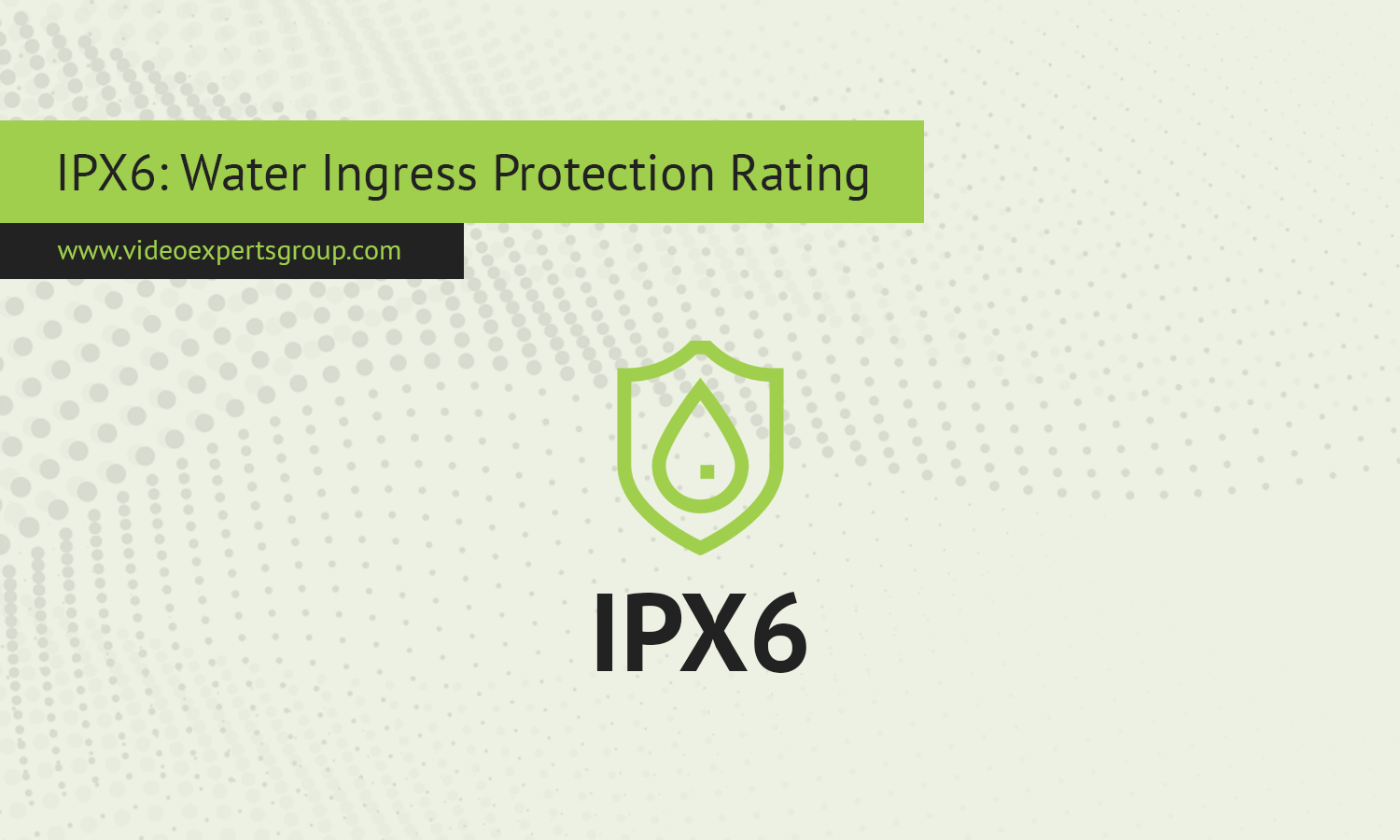When selecting electronic devices for outdoor or rugged environments, you may come across the term "IPX6." This rating is part of the broader IP (Ingress Protection) code system, which indicates a device's ability to resist water and sometimes dust. Understanding the meaning of IPX6 is crucial when you need equipment that can withstand harsh weather, water exposure, or cleaning processes involving powerful water jets. Knowing this rating helps ensure the durability and performance of your devices under wet conditions.
Meaning
IPX6 is a water ingress protection rating that indicates a device’s ability to resist strong water jets. The "IP" stands for Ingress Protection, and the "X" means no rating is provided for protection against solid objects like dust. The "6" refers to the level of water resistance. Specifically, an IPX6-rated device can withstand high-pressure water jets from any direction without being damaged or having its internal components affected. This level of protection makes IPX6-rated products suitable for outdoor use, especially in environments where they may be exposed to strong sprays of water, such as in heavy rain or during cleaning with a hose.
IPX Rating Chart
| IPX Rating | Protection Level | Description |
| IPX0 | No protection | No protection against water ingress |
| IPX1 | Drip-proof | Protection against vertical water drops |
| IPX2 | Drip-proof (15-degree tilt) | Protection against water drops when tilted up to 15 degrees |
| IPX3 | Spray-proof | Protection against water spray up to 60 degrees from vertical |
| IPX4 | Splash-proof | Protection against water splashes from any direction |
| IPX5 | Water-jet resistant | Protection against water jets from a 6.3mm nozzle from any direction |
| IPX6 | Powerful water-jet resistant | Protection against more powerful water jets |
| IPX7 | Immersion up to 1 meter | Protection against temporary immersion in water up to 1 meter for 30 minutes |
| IPX8 | Immersion beyond 1 meter | Protection against continuous immersion in water beyond 1 meter, under conditions set by the manufacturer |
| IPX9 | High-pressure, high-temperature water resistant | Protection against high-pressure, high-temperature water jets |
What is the IPX6 Test Procedure?
The IPX6 test is designed to simulate conditions where a device is exposed to powerful water jets. The test ensures that the device can handle these conditions without allowing water to penetrate critical areas. Here’s an overview of how the IPX6 test is conducted:
- Test Setup: The device is positioned in its normal operating state, and a high-pressure water jet nozzle is prepared.
- Nozzle Specifications: A nozzle with a 12.5mm diameter is used to simulate the water jet, which is larger and more powerful than what is used in IPX5 testing.
- Water Flow: Water is sprayed at a flow rate of 100 liters per minute, significantly higher than in lower IP ratings like IPX5.
- Water Pressure and Distance: The water is projected at a pressure of 100 kPa (kilopascals) from a distance of 2.5 to 3 meters.
- Exposure Time: The device is sprayed from all directions for at least 3 minutes, ensuring that every side of the product is subjected to the powerful water jet.
- Pass Criteria: For the device to pass the IPX6 test, it must not allow any significant water ingress that could cause internal damage. The product must remain fully functional after exposure to high-pressure water jets.
Requirements
To achieve an IPX6 rating, a device must meet the following key requirements:
-
Sealing and Design: The device must be constructed with robust sealing mechanisms, such as rubber gaskets, protective coatings, or tightly sealed casings. These prevent water from penetrating the device, especially through seams, buttons, or ports.
-
Test Standards: Devices must be tested according to recognized standards, such as IEC 60529. The test procedures must be thoroughly followed, including the use of high-pressure water jets at the specified flow rate and distance.
-
No Water Intrusion: The most critical requirement is that no water should intrude into sensitive internal components during or after the test. Any significant water penetration that could impair the device’s functionality will disqualify it from receiving an IPX6 rating.
-
Post-Exposure Functionality: After the IPX6 test, the device must remain fully operational. No internal short circuits, electrical malfunctions, or physical damage should occur due to water exposure.
Devices with an IPX6 rating are highly resistant to powerful water jets, making them ideal for use in outdoor settings where they may face heavy rain, washing, or cleaning with hoses. This level of protection ensures that products such as outdoor lights, security cameras, and marine electronics can handle wet environments without risk of damage. However, IPX6 does not cover immersion in water, so for devices that may be submerged, higher ratings like IPX7 or IPX8 are more suitable.
















